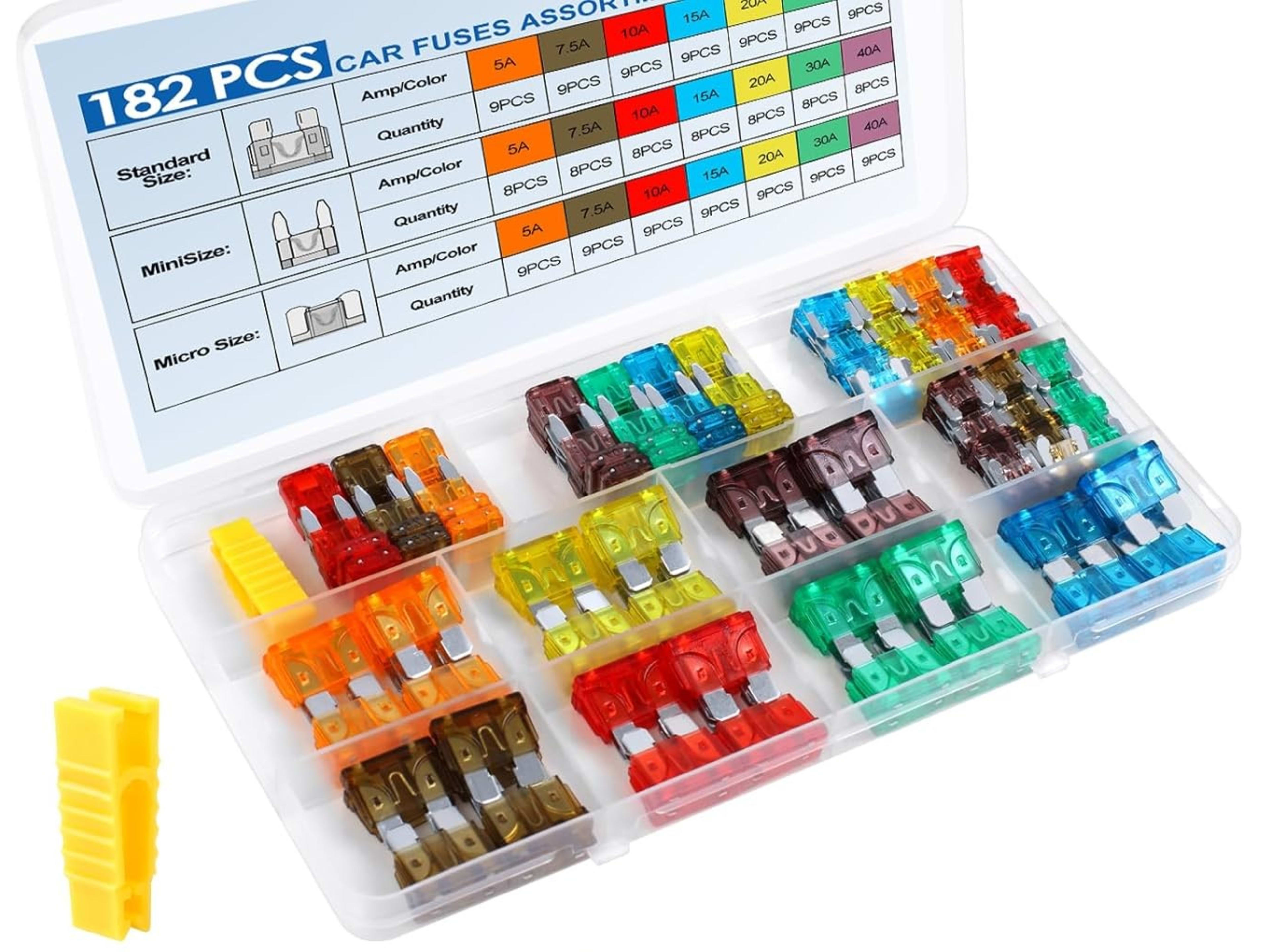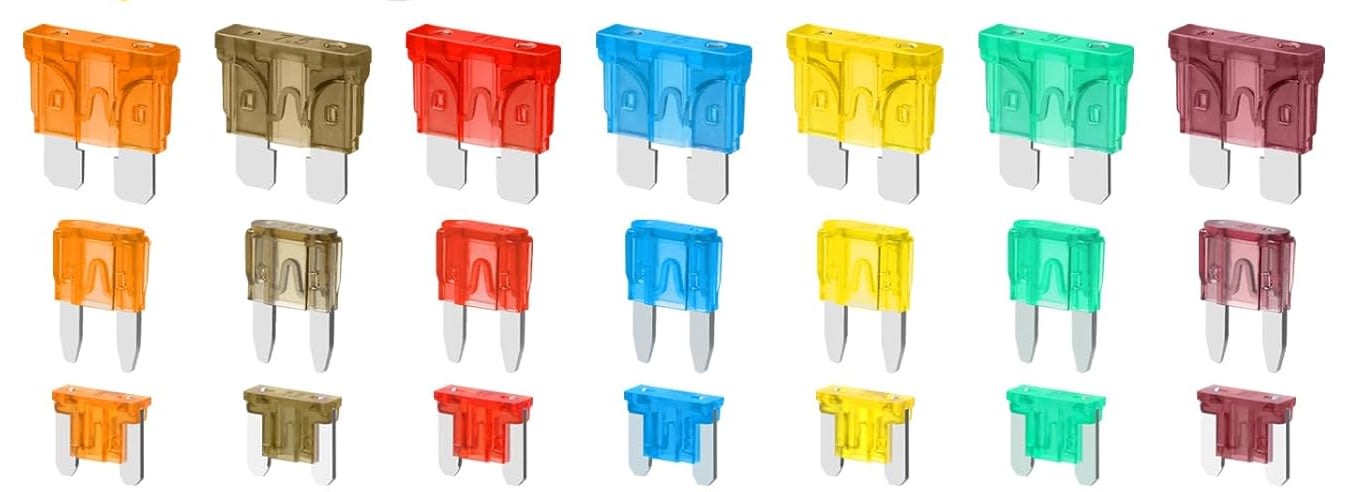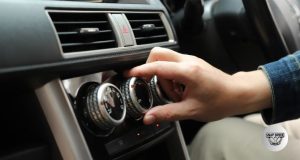Last Updated on October 16, 2025 by Aaron Blake
Have you ever wondered what keeps your car’s electrical system safe from sudden damage? The answer lies in a small but powerful component: the fuse.
Fuses protect your vehicle by stopping electrical surges before they cause serious problems. Without them, your car could face costly repairs or even breakdowns. Understanding the importance of fuses helps you take better care of your car and avoid unexpected troubles on the road.
Keep reading to discover why these tiny parts are crucial for your car’s health and your peace of mind.
Contents
Role Of Fuses In Vehicles
Fuses protect electrical parts in a car. They stop damage from too much current.
Cars have many electrical systems. Fuses help keep these systems safe.
Basic Function Of Car Fuses
Car fuses act like a safety switch. They break the circuit if current is too high.
- Prevent wires from overheating
- Protect devices like lights and radios
- Stop fires caused by electrical faults
- Make it easy to find electrical problems
Types Of Fuses Used In Cars
Different cars use different fuses. Each fuse type fits specific circuits and needs.
| Fuse Type | Description | Common Use |
| Blade Fuse | Plastic body with two metal prongs | Most modern cars |
| Glass Tube Fuse | Cylindrical glass body with metal caps | Older vehicles |
| Resettable Fuse | Can be reused after tripping | Protect sensitive electronics |
| Mini Fuse | Smaller blade fuse for tight spaces | Compact car circuits |

Credit: axleaddict.com
How Fuses Protect Electrical Systems
Fuses are small safety devices inside cars. They stop electrical problems from damaging the car.
They protect wires and parts by breaking the circuit if there is too much electricity.
Preventing Overload Damage
When too much current flows, fuses stop it quickly. This stops wires from getting very hot.
Without fuses, extra current can melt wires and cause fires inside the car.
- Fuses break the circuit during high current flow
- This prevents damage to wires and electrical parts
- It keeps the car safe from fire risks
Avoiding Short Circuits
A short circuit happens when electricity flows the wrong way or touches metal parts.
Fuses cut power fast to stop this wrong flow. This protects the car’s electrical system.
- Fuses detect abnormal current flows
- They break the circuit to stop electrical damage
- This helps avoid costly repairs and safety risks
Signs Of Fuse Issues
Fuses protect your car’s electrical system from damage. When a fuse blows, it stops the power flow to certain parts.
Knowing the signs of fuse problems helps you fix issues quickly and avoid bigger damage.
Common Symptoms Of Blown Fuses
Blown fuses cause electrical parts in your car to stop working properly. These are common signs:
- Dashboard lights do not turn on.
- Car radio or speakers suddenly stop working.
- Power windows fail to open or close.
- Headlights or brake lights do not light up.
- Car horn does not sound.
- Interior lights stay off even when the door is open.
Troubleshooting Fuse Problems
Fixing fuse problems requires checking the fuses and replacing any that are blown. Follow these steps:
- Turn off the car and remove the key from the ignition.
- Locate the fuse box, usually under the dashboard or hood.
- Use the fuse diagram to find the fuse related to the faulty part.
- Remove the fuse carefully using a fuse puller or tweezers.
- Check if the metal wire inside the fuse is broken or burnt.
- Replace the blown fuse with one of the same amperage rating.
- Turn on the car and test the electrical part again.
| Tool | Purpose |
| Fuse Puller | Remove fuses safely |
| Fuse Tester | Check if fuse is blown |
| Replacement Fuse | Swap blown fuse |
| Fuse Diagram | Identify fuse location |

Credit: simonsautorepairtaunton.com
Replacing And Maintaining Fuses
Fuses protect car electrical systems from damage. They stop too much electricity from flowing.
Knowing how to replace and maintain fuses keeps your car working safely. It also prevents costly repairs.
Steps To Replace A Fuse Safely
Always turn off the car before replacing a fuse. This stops electric shock and short circuits.
Find the fuse box and check the owner’s manual. It shows the location and type of each fuse.
- Use a fuse puller or tweezers to remove the blown fuse.
- Check if the metal wire inside the fuse is broken.
- Replace it with a fuse of the same rating and type.
- Push the new fuse firmly into the slot.
- Turn on the car and check if the electrical part works.
Tips For Fuse Maintenance
Check your car’s fuses regularly to avoid sudden failures. Look for signs of wear or damage.
Keep the fuse box clean and dry. Dirt and moisture can cause fuses to fail or corrode.
- Store spare fuses that match your car’s specifications.
- Avoid using fuses with the wrong amperage rating.
- Inspect fuses after electrical work on the car.
- Replace any fuse that looks burnt or damaged.
- Consult the owner’s manual for fuse care tips.

Credit: axleaddict.com
Frequently Asked Questions
What Is The Main Function Of Fuses In Cars?
Fuses protect car electrical systems by stopping too much current from causing damage.
How Do Car Fuses Prevent Electrical Fires?
Fuses break the circuit when current is too high, stopping overheating and fire risks.
Where Are Fuses Usually Located In A Car?
Fuses are often found in fuse boxes under the dashboard or in the engine bay.
How Can I Tell If A Car Fuse Is Blown?
A blown fuse looks dark or broken; testing with a fuse tester confirms it.
Why Should I Replace A Blown Fuse With The Same Type?
Using the right fuse keeps the car safe and prevents damage to electrical parts.
Conclusion
Fuses protect your car’s electrical parts from damage. They stop short circuits that can cause fires. A blown fuse shows a problem in the system. Checking fuses regularly helps avoid sudden breakdowns. Replacing a fuse is easy and saves money.
Always use the correct fuse type for safety. Knowing about fuses keeps your car running well. Small parts, big protection. Don’t ignore the importance of fuses in cars.





